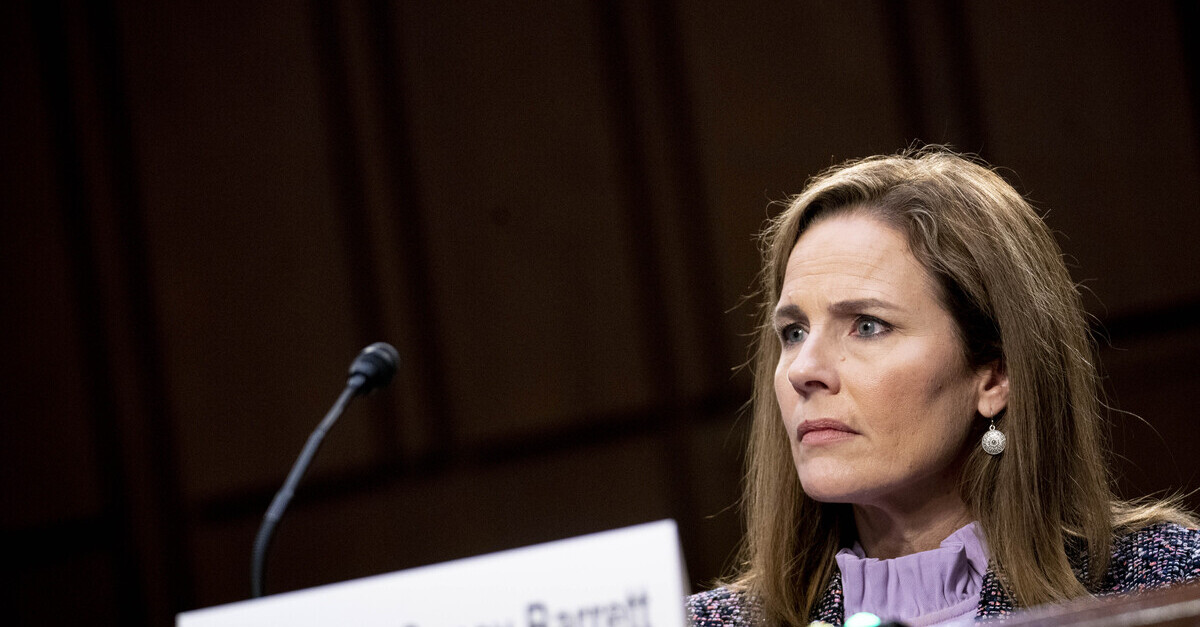
The U.S. Supreme Court on Friday said that it will determine whether or not President Donald Trump can cut undocumented immigrants out of the U.S. Census-based redistricting process.
In an early evening miscellaneous order, the justices agreed to hear the case stylized as Trump v. New York. The high-profile courtroom battle is slated for oral argument on November 30 and will likely be decided in time for the administration to meet the statutory deadline for providing Census numbers to the U.S. Congress.
In late July, President Trump issued a controversial memo instructing the Secretary of Commerce to exclude undocumented immigrants from the apportionment base following the 2020 Census.
The 45th president’s order does not remove people without immigration documentation from the overall Census count but would likely serve to penalize states with large populations of undocumented immigrants–such as Texas and California–by diminishing the total number of seats they are entitled to in the U.S. House of Representatives following the re-apportionment process.
Current projections suggest that both states would gain a seat in Congress after the process is complete but the potential loss of such a major component of each state’s population base due to Trump’s executive order would throw those estimates into disarray.
A somewhat rare three-judge panel culled from the U.S. Court of Appeals for the Second Circuit and the U.S. District Court for the Southern District of New York blocked Trump’s memo from taking any legal effect in early September–calling the policy directive “unlawful.”
The panel noted in their unsigned opinion:
Directing the secretary to provide two sets of numbers, one derived from the decennial census and one not, and announcing that it is the policy of the United States to use the latter in connection with apportionment, the Presidential Memorandum deviates from, and thus violates, the statutory scheme. …
Second, the presidential memorandum violates the statute governing apportionment because, so long as they reside in the United States, [undocumented immigrants] qualify as “persons in” a “state” as Congress used those words…
New York State was the lead plaintiff among dozens of other states and municipalities challenging the directive in a lawsuit filed three days after Trump’s directive was issued.
District Judge Jesse Furman fast-tracked the litigation in August–setting up the controversy for a relatively quick (in the legal realm) resolution.
The case has been likened to a previous and unsuccessful effort by the administration to ask Census respondents the so-called “citizenship question.”
During the panel’s September hearing on the redistricting count, Judge Furman said the government’s arguments were substantially similar to previous argument that the SDNY and the U.S. Supreme Court have rejected in the recent past concerning the citizenship question.
In 2019, the nation’s high court–in a 5-4 decision–barred the Trump administration from asking Census respondents the disputed question. Opponents argued the question would have kept undocumented immigrants away from the process entirely.
Late justice Ruth Bader Ginsburg was part of that threadbare majority decision and her likely replacement, Circuit Judge Amy Coney Barrett, is almost certain to be seated on the Supreme Court by the time the case is adjudicated.
[image via Sarah Silbiger-Pool/Getty Images]